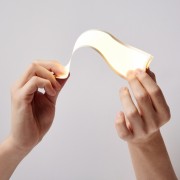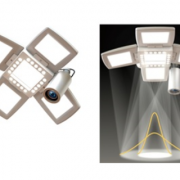100x100mm OLED Lighting Panel Production Cost, US$ 2.5 Also Possible
As environmental issues are becoming a global concern, countries around the world are introducing environmental policies. Lighting occupies approximately 1,900,000,000 tonnes of global annual carbon dioxide emissions, and is becoming a big environmental regulation issue. Also as it takes up 25% of global power consumption it is an important area for energy reduction. Restriction regarding incandescent light, which used to be the main lighting, started and with active regulation on fluorescent light expected to begin, next generation lighting market is forecast to grow considerably.
At present, LED is in spotlight as the next generation lighting, rapidly expanding the market with its high efficiency and lifetime, replacing incandescent and fluorescent light. OLED does not contain harmful materials or light, and as lighting with high energy efficiency, it is receiving much attention as the most suitable next generation light for environmental and energy reducing policies. However, due to the steep price compared to LED, the market is growing more slowly than estimated.
According to UBI Research’s OLED Lighting Annual Report, published today (14th May), if 100mmx100mm is mass produced using equipment size of 1270mmx1270mm, OLED lighting panel production cost is analyzed to fall to US$ 5 or lower from 3rd year of mass production, and US$ 2.5 from 10th year (when 1 min tack time/single stack). This price is higher than US$ 1 – 3 of incandescent and fluorescent lights but much lower than approximately US$ 10 of LED lamp for interior lighting (60~70lm/W). Additionally, OLED lighting panel is currently being mass produced with superior efficiency and lifetime compared to incandescent and fluorescent lighting, and being developed with efficiency equal to LED. Considering these factors, if active mass production investments by OLED lighting panel companies take place, the market share within the lighting sector is estimated to rapidly increase.
OLED Lighting Annual Report forecast that in the early stages of mass production OLED lighting will form market focusing on areas where OLED lighting’s merits can be utilized in areas such as automotive, medical use, cosmetics, and exhibitions and not through main lighting. However, once mass production competitiveness is achieved, it is expected to quickly expand in main lighting market. Additionally, lighting market with high added value could be created through differentiation using flexible and transparent, and forecast the market to grow to show US$ 2,800,000,000 by 2020, and occupy approximately 10% of the total lighting market.

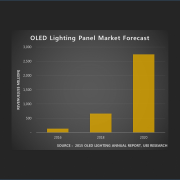


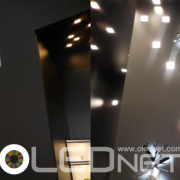

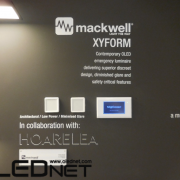

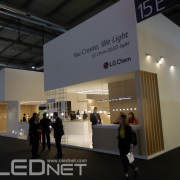


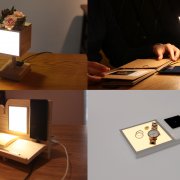



![150309_ [Lighting Fair Japan 2015]LG Chem., 2015년 4월 100lmW의 OLED lighting panel 양산 가능3](http://www.olednet.com/wp-content/uploads/2015/03/150309_-Lighting-Fair-Japan-2015LG-Chem.-2015년-4월-100lmW의-OLED-lighting-panel-양산-가능3.png)
![150309_ [Lighting Fair Japan 2015]LG Chem., 2015년 4월 100lmW의 OLED lighting panel 양산 가능2](http://www.olednet.com/wp-content/uploads/2015/03/150309_-Lighting-Fair-Japan-2015LG-Chem.-2015년-4월-100lmW의-OLED-lighting-panel-양산-가능2.png)
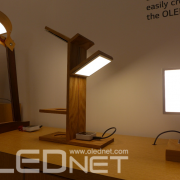
![150306_[Lighting Fair Japan 2015]LG Chem., 유럽에 이어 한국과 일본에 본격적인 OLED lighting 마케팅 시작](http://www.olednet.com/wp-content/uploads/2015/03/150306_Lighting-Fair-Japan-2015LG-Chem.-유럽에-이어-한국과-일본에-본격적인-OLED-lighting-마케팅-시작.png) <Front View of LG Chem Booth, Lighting Fair Japan 2015>
<Front View of LG Chem Booth, Lighting Fair Japan 2015>

